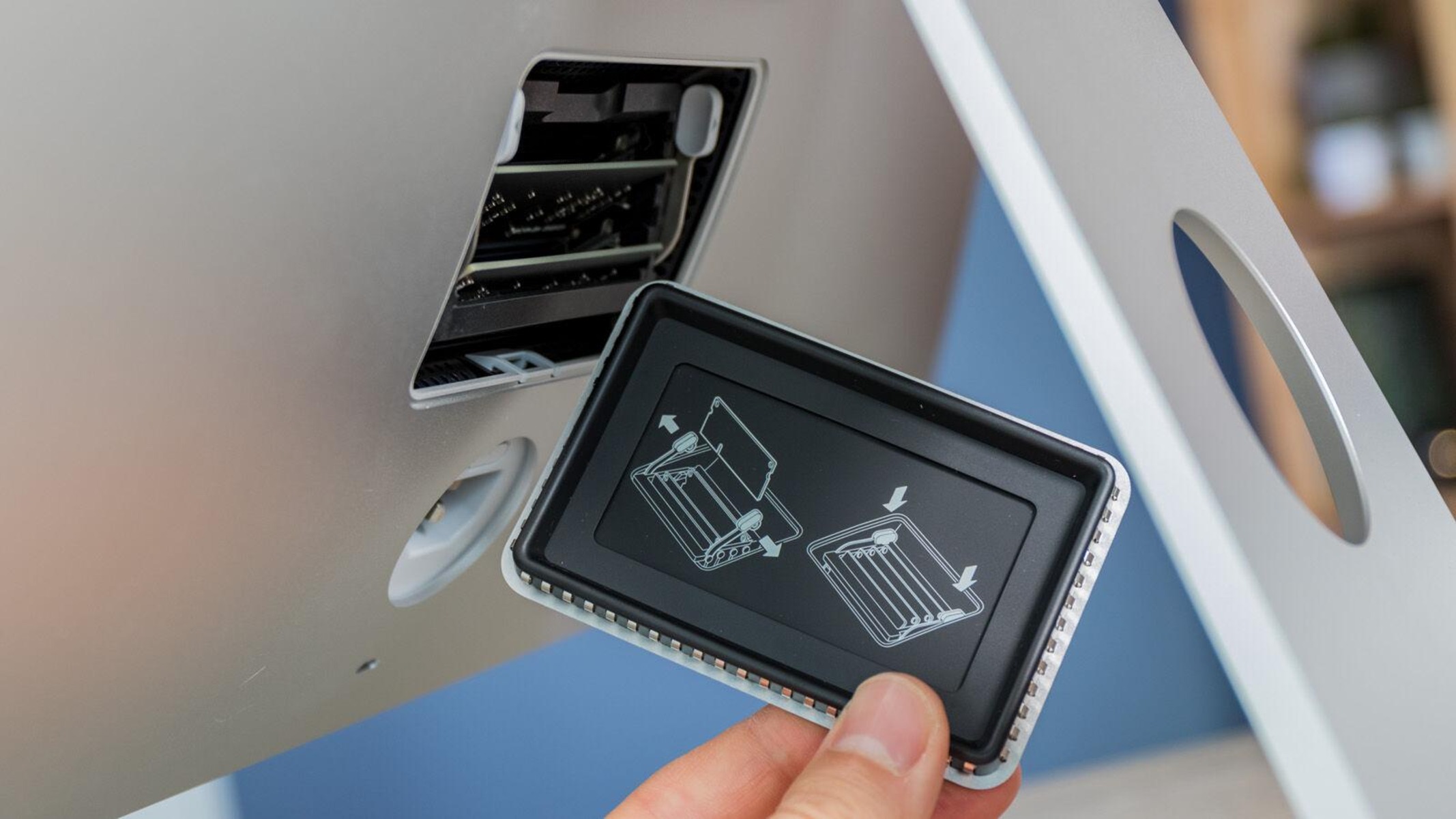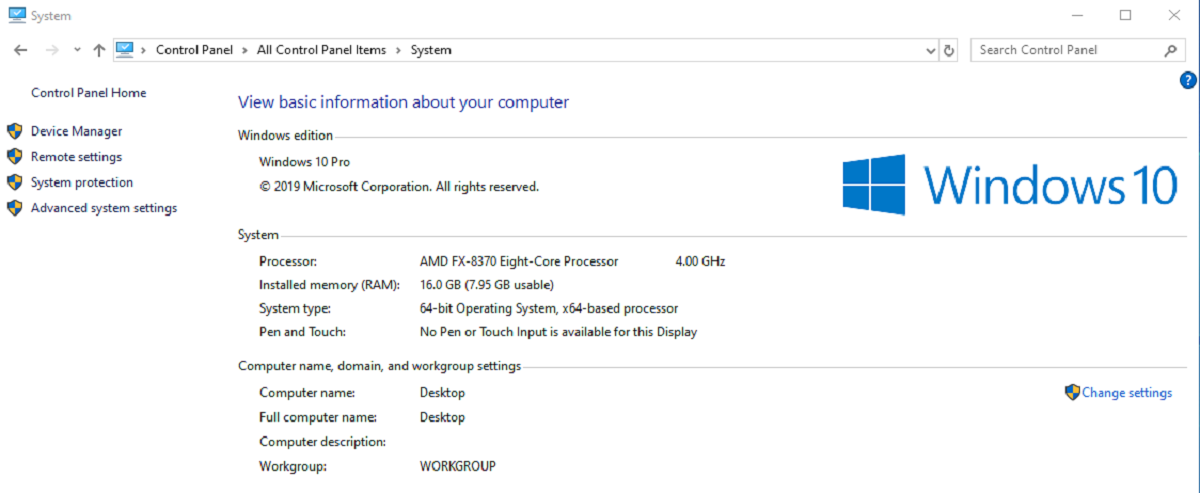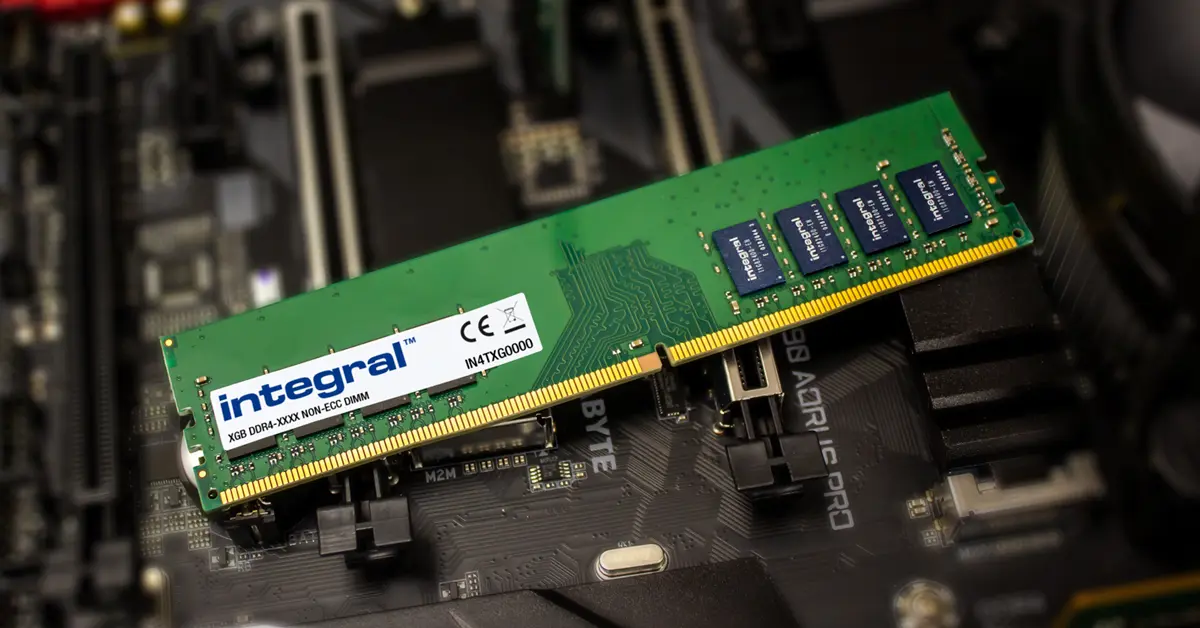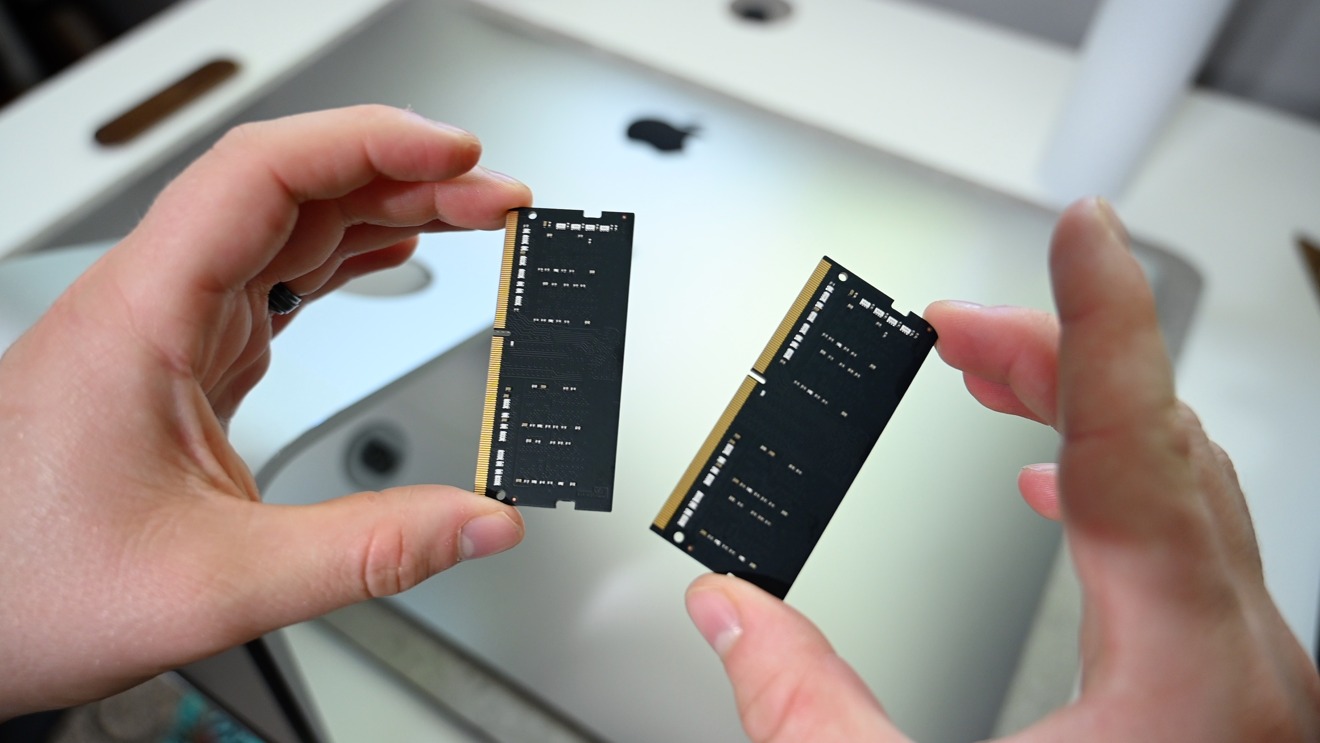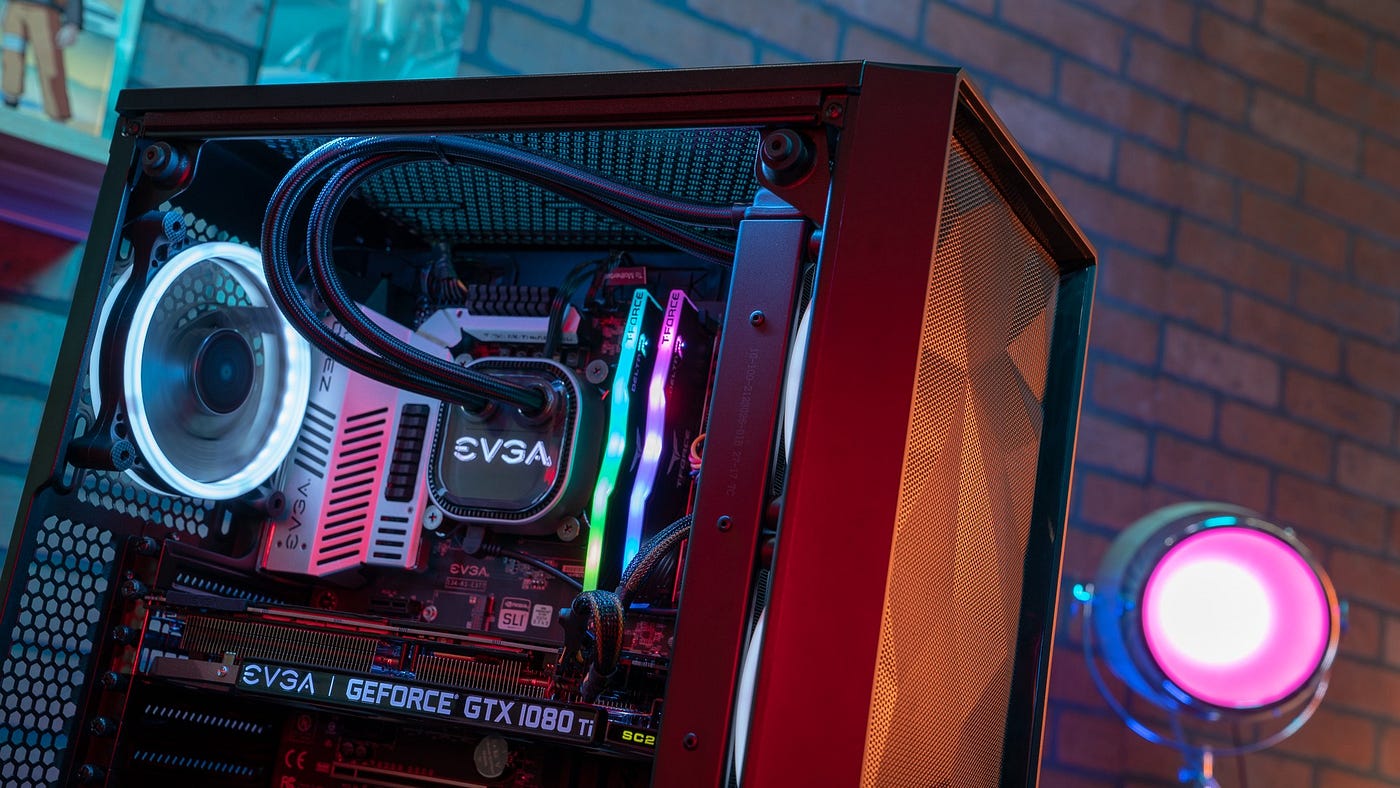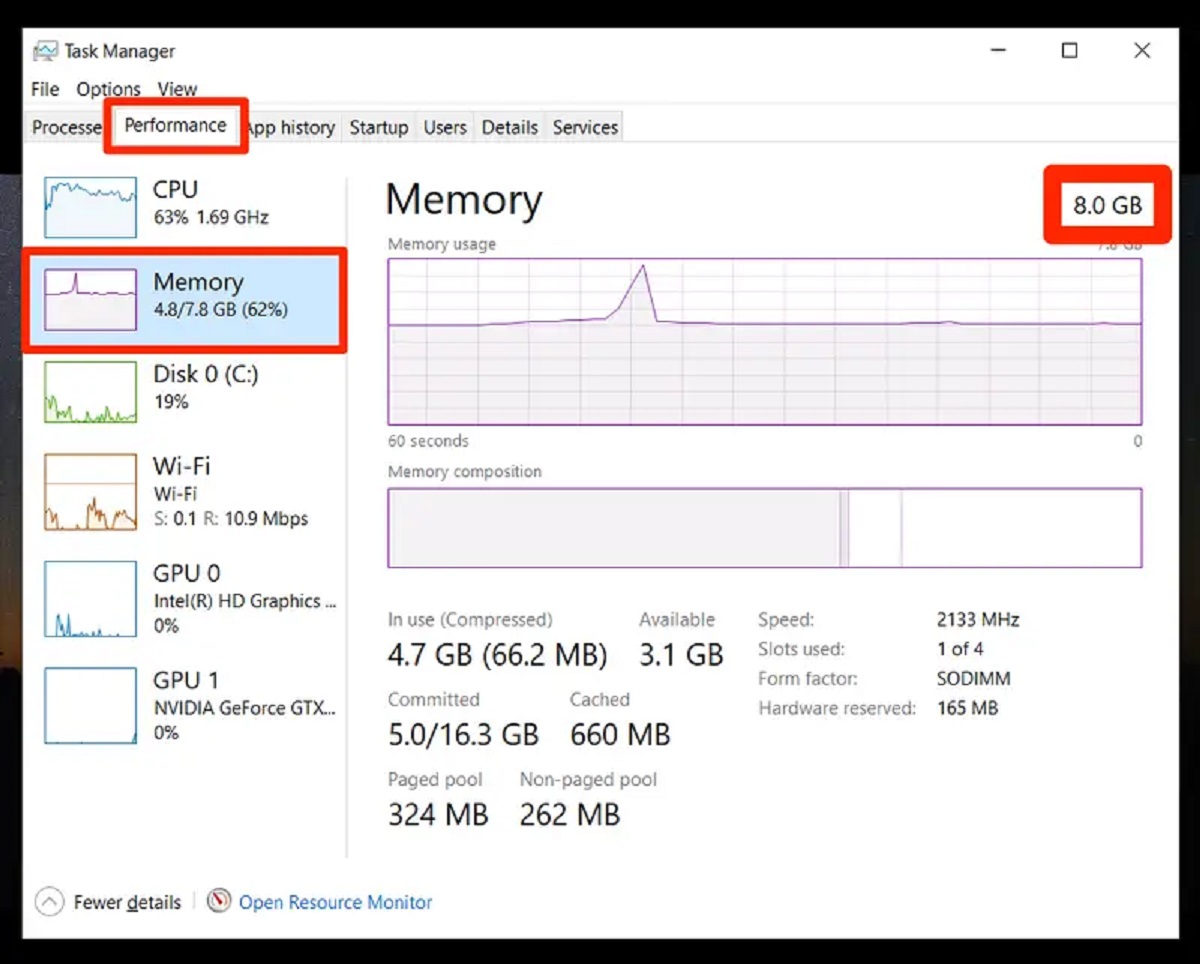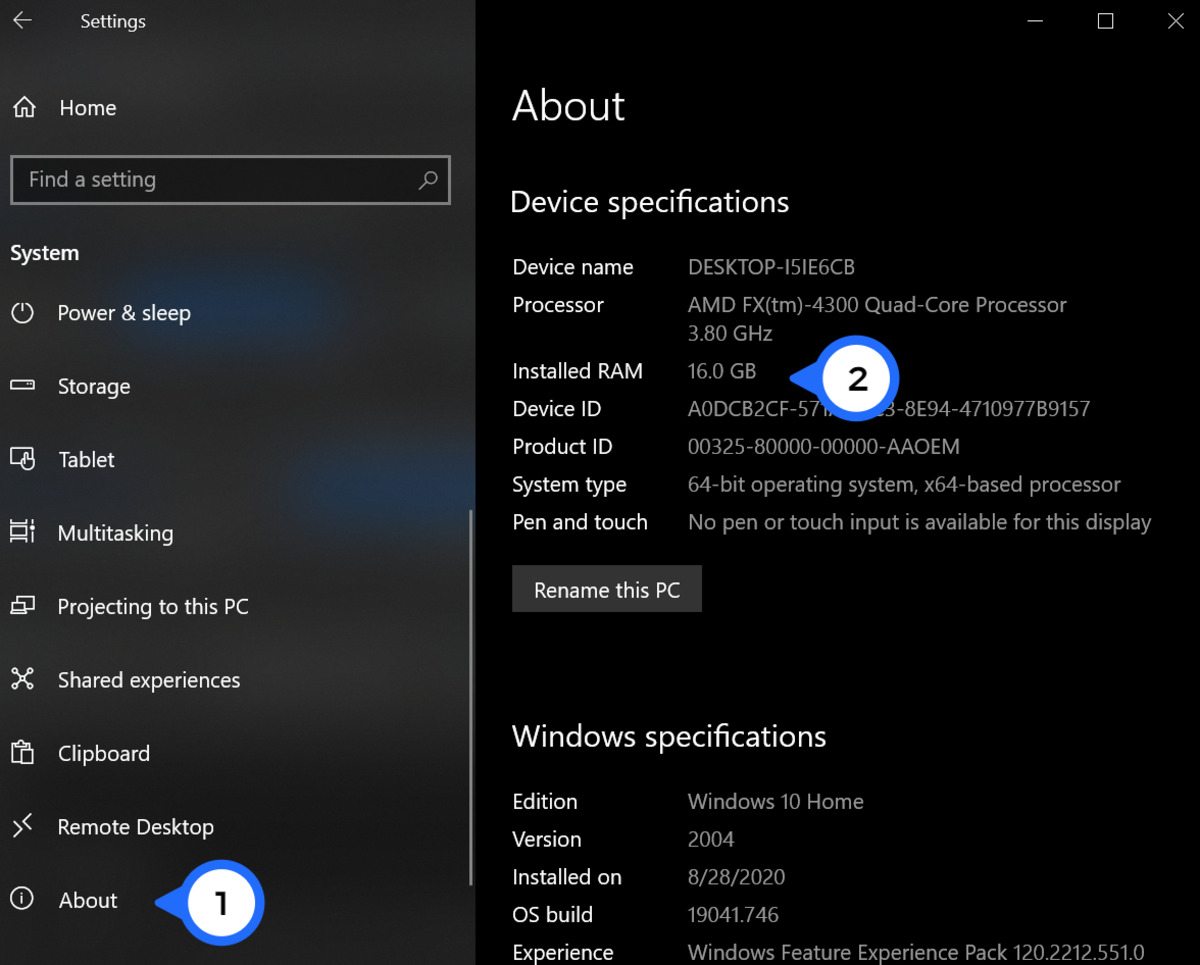Introduction
When it comes to troubleshooting or upgrading your Mac, having a clear understanding of its hardware specifications is crucial. One of the most important hardware components to consider is the RAM (Random Access Memory). RAM plays a significant role in determining your computer’s performance and capability to handle multiple tasks simultaneously.
If you’re wondering how to find out the amount of RAM on your Mac, you’ve come to the right place. In this guide, we’ll explore several methods you can use to check your Mac’s RAM. Whether you prefer using the Apple Menu, the About This Mac window, the Command Prompt, or different system utilities like Activity Monitor and System Profiler, we’ve got you covered.
By knowing the amount and type of RAM on your Mac, you’ll be able to assess its performance capabilities and decide if an upgrade is necessary. Additionally, when seeking technical support or discussing your Mac with others, having this information handy will enable you to provide accurate details.
So let’s dive in and learn how to find out the RAM on your Mac using various methods. Whether you’re a beginner or an experienced Mac user, we’ll outline step-by-step instructions to make the process simple and straightforward.
Checking RAM on Mac using the Apple Menu
One of the easiest and quickest ways to check your Mac’s RAM is through the Apple Menu. Here’s how:
- Click on the Apple icon in the top-left corner of your screen. A drop-down menu will appear.
- Select “About This Mac” from the menu. A new window will pop up with information about your Mac.
- In the window that appears, click on the “Overview” tab if it’s not already selected.
- You will see the details of your Mac’s processor, memory, and graphics. The memory section will display the amount of RAM installed on your Mac.
- If you want more detailed information, you can click on the “System Report” button. This will open the System Information app, where you can find comprehensive details about your Mac’s hardware and software.
The Apple Menu method provides a quick snapshot of your Mac’s RAM without the need to navigate through multiple menus or open additional apps. It is an efficient way to get the information you need when you’re in a hurry or need a basic understanding of your Mac’s hardware configuration.
However, keep in mind that the Apple Menu method only displays the total amount of RAM installed on your Mac. If you want to know more about the specific RAM modules present and their configuration, you will need to utilize other methods like the System Profiler or System Information app.
Now that you know how to check your Mac’s RAM using the Apple Menu, let’s explore other methods that provide more comprehensive details about your computer’s memory.
Checking RAM on Mac using the About This Mac window
Another simple method to check the amount of RAM on your Mac is by using the About This Mac window. Here’s how:
- Click on the Apple icon in the top-left corner of your screen to open the drop-down menu.
- Select “About This Mac” from the menu to open a window displaying information about your Mac.
- In the window that appears, you will see an overview of your Mac, including the model, processor, and memory.
- Click on the “Memory” tab to view detailed information about your Mac’s RAM.
- In the Memory tab, you will find the total amount of installed RAM, the type of memory module, and the number of memory slots on your Mac.
- If you want more information, you can click on the “System Report” button to open the System Information app, where you can find comprehensive details about your Mac’s hardware and software.
The About This Mac window method provides a convenient way to quickly check the amount of RAM installed on your Mac, along with additional details about your computer’s memory configuration. This method is ideal if you need a general overview of your Mac’s RAM without diving into extensive technical information.
However, keep in mind that this method only provides basic information about your Mac’s RAM. If you require more specific details like the RAM module’s speed, latency, or specific configurations, you may need to use other methods like the System Profiler or System Information app.
Now that you know how to check your Mac’s RAM using the About This Mac window, let’s explore other methods that can provide even more detailed information about your Mac’s memory.
Checking RAM on Mac using Command Prompt
If you prefer using the command line interface, you can also check the amount of RAM on your Mac using the Terminal app. Here’s how:
- Open Spotlight by clicking on the magnifying glass icon in the top-right corner of your screen or pressing Command + Spacebar.
- Type “Terminal” and press Enter to open the Terminal app.
- In the Terminal window, type the following command:
- Press Enter to execute the command.
- The Terminal will display the total amount of RAM installed on your Mac in bytes.
- If you prefer seeing the memory size in a more readable format, you can use the following command:
- Press Enter to execute the command, and the Terminal will display the total amount of RAM installed on your Mac in a human-readable format (such as gigabytes or megabytes).
sysctl -a hw.memsizesystem_profiler SPHardwareDataType | grep "Memory:"The Command Prompt method provides a straightforward way to check your Mac’s RAM using text-based commands. This method is particularly useful if you’re comfortable with using the command line interface or need to retrieve the RAM information programmatically.
However, keep in mind that using the Terminal requires a basic understanding of command line syntax. If you’re not familiar with using the command line interface, you may find the previous methods, such as the Apple Menu or the About This Mac window, more user-friendly.
Now that you know how to check your Mac’s RAM using Command Prompt, let’s explore other methods to gain even more insight into your Mac’s memory configuration.
Checking RAM on Mac using Activity Monitor
If you want to monitor your Mac’s RAM usage in real-time or check detailed information about memory usage, you can use the Activity Monitor. Here’s how:
- Open Spotlight by clicking on the magnifying glass icon in the top-right corner of your screen or pressing Command + Spacebar.
- Type “Activity Monitor” and press Enter to open the Activity Monitor app.
- In the Activity Monitor window, click on the “Memory” tab to view information about your Mac’s RAM.
- You will see several statistics related to memory usage, including the total physical memory, memory used, memory pressure, and more.
- The memory usage is displayed in real-time, allowing you to track how your Mac utilizes its RAM as you open and close applications.
- If you want more detailed information about specific processes and their memory usage, you can explore the “Process Name” column.
Activity Monitor provides a comprehensive view of your Mac’s memory usage, allowing you to track how your computer utilizes its RAM. It’s particularly useful if you want to monitor memory-intensive tasks or identify potential memory hogs that could be impacting your Mac’s performance.
However, keep in mind that while Activity Monitor provides valuable information about memory usage, it doesn’t necessarily show detailed specifications of the RAM modules installed on your Mac. For that level of detail, you may need to consult other methods, like the System Profiler or System Information app.
Now that you know how to check your Mac’s RAM using Activity Monitor, let’s explore another method that provides more comprehensive details about your computer’s memory configuration.
Checking RAM on Mac using System Profiler
If you’re looking for a method that provides comprehensive details about your Mac’s memory configuration, the System Profiler is a valuable tool. Here’s how you can use it to check your Mac’s RAM:
- Click on the Apple icon in the top-left corner of your screen and select “About This Mac” from the drop-down menu.
- In the About This Mac window, click on the “System Report” button. This will open the System Information app.
- In the System Information window, navigate to the left sidebar and click on the “Hardware” section to expand it.
- Within the Hardware section, click on “Memory” to view detailed information about your Mac’s RAM.
- You will find specific details about the RAM modules installed, such as the type, speed, size, and number of modules.
- If you require more in-depth information, you can explore other sections in the System Information app, such as “Memory Upgrade Information” or “Memory Slot Information.”
The System Profiler provides a wealth of information about your Mac’s RAM, allowing you to get a complete understanding of its memory configuration. With detailed specifications on the type and speed of RAM modules installed, you can make informed decisions when it comes to upgrading or troubleshooting your Mac’s memory.
Using the System Profiler may require some familiarity with navigating through the System Information app. However, once you familiarize yourself with the layout, you’ll have access to comprehensive details about all aspects of your Mac’s hardware and software.
Now that you know how to check your Mac’s RAM using the System Profiler, you can confidently gather all the necessary information about your computer’s memory configuration.
Conclusion
Knowing how to check the amount and configuration of RAM on your Mac is essential for understanding its performance capabilities and making informed decisions about upgrades or troubleshooting. In this guide, we explored several methods to help you easily check your Mac’s RAM.
The Apple Menu and the About This Mac window provide quick and convenient ways to get an overview of your Mac’s RAM, displaying important information like the total amount of memory installed. These methods are perfect for users looking for a basic understanding of their computer’s memory configuration.
If you prefer a more technical approach, you can use the command line interface with the Terminal app to retrieve RAM information programmatically. Similarly, the Activity Monitor allows you to monitor real-time memory usage and identify any memory-intensive tasks affecting your Mac’s performance.
For users seeking more detailed information about their Mac’s memory, the System Profiler (accessible through the System Information app) is the ideal tool. It provides comprehensive details about the RAM modules installed on your Mac, including type, speed, and size.
By utilizing these methods, you can stay informed about your Mac’s RAM and ensure it meets your needs. Whether you’re a casual user or a tech-savvy enthusiast, having this knowledge allows you to make informed decisions and troubleshoot any memory-related issues that may arise.
So, go ahead and give these methods a try. Check your Mac’s RAM using the method that suits you best, and unlock a deeper understanding of your computer’s memory configuration.







